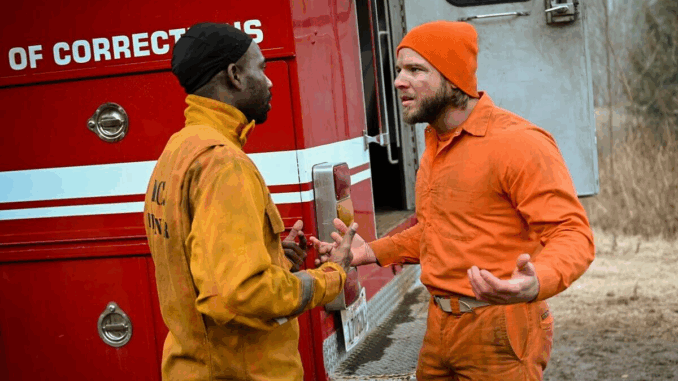
Television dramas rarely intersect with environmental urgency, but Fire Country breaks the mold. At first glance, it’s a gritty, emotionally charged firefighter series. Look closer, though, and it becomes clear: Fire Country is also a warning siren—a narrative shaped by the devastating effects of climate change and the increasing unpredictability of wildfires across California and beyond.
Through its depiction of relentless fire seasons, extreme weather, and overburdened emergency systems, the series does more than entertain. It reflects the very real climate crisis that’s turning once-seasonal wildfires into year-round threats.
A Changing Landscape: Fiction Mirrors Reality
The backdrop of Fire Country is not fictional fantasy—it’s ripped from the headlines. California’s fire season has lengthened drastically over the past decade. Droughts, heatwaves, and forest mismanagement have combined with the warming atmosphere to create the perfect storm. Fires are no longer a rare summer event; they’re a near-constant presence.
By embedding this reality into its narrative, Fire Country delivers a unique kind of realism. The characters don’t just face blazes—they battle a system overwhelmed by the frequency and scale of natural disasters. Each call is a crisis. Each fire is bigger, hotter, and harder to control than the last.
This isn’t just plot—it’s a stark commentary on what emergency responders are facing in real life.
Firefighting in the Age of Extremes

As the series progresses, viewers begin to see just how much the game has changed. Firefighters aren’t just contending with nature—they’re facing a new climate reality.
Blazes are unpredictable. Wind patterns shift. Entire communities are erased in hours. Fire Country showcases the exhausting physical and emotional toll on crews who no longer have an “off-season.”
More importantly, the show sheds light on the underfunded, understaffed, and overstressed firefighting infrastructure in the United States. With more fires and fewer resources, every response feels like a desperate act of triage.
A Community on the Edge
Edgewater—the fictional town in Fire Country—represents more than a location. It’s a microcosm of rural American communities living on the edge of environmental collapse.
The show takes time to show how fire doesn’t just destroy land—it upends lives. Families lose homes. Local economies suffer. Mental health spirals. And in the aftermath, residents are forced to ask impossible questions: Rebuild or relocate? Stay or flee?
The tension between resilience and surrender becomes a key emotional thread. For many in the community, fire is no longer an emergency—it’s a chronic condition.
Responsibility and Policy Failures
Fire Country doesn’t point fingers directly, but it makes it clear that many of these disasters are not inevitable—they’re the result of poor planning, political inaction, and climate denial.
The series occasionally nods to budget cuts, land mismanagement, and policy gridlock. These aren’t just background details—they’re a quiet indictment of the systemic failures that have allowed this crisis to escalate.
Characters like Sharon Leone and Manny Perez often find themselves caught between operational reality and bureaucratic limitations. Their frustrations echo the real-life sentiments of firefighters who have warned for years that climate inaction is costing lives.
Fire as Metaphor and Messenger
Beyond the literal flames, Fire Country uses fire as a powerful metaphor for the broader state of emergency we face globally. It’s a symbol of unchecked destruction—but also of potential transformation.
Fire, after all, is not just a destroyer. It clears space for new growth. And through its characters, the series explores what it means to survive disaster, to adapt, and to evolve in the face of existential threat.
This dual symbolism makes Fire Country one of the few shows that captures both the devastation and the hope embedded in our climate fight.
Why This Story Matters Now
By grounding its drama in the realities of climate change, Fire Country does more than create tension—it creates awareness. It makes climate impact visible, urgent, and personal.
When we see entire forests go up in smoke, it’s not just spectacle—it’s a portrait of a planet in peril. When we watch families mourn homes and loved ones, we’re reminded that climate change is not a future threat—it’s a present reality.
In doing so, Fire Country becomes more than entertainment. It becomes a call to action.
